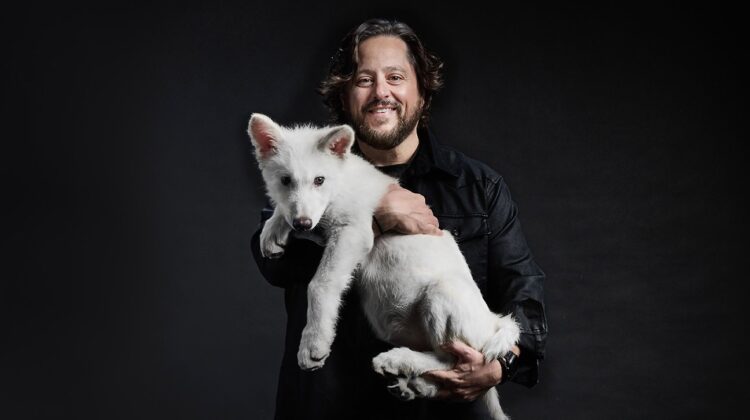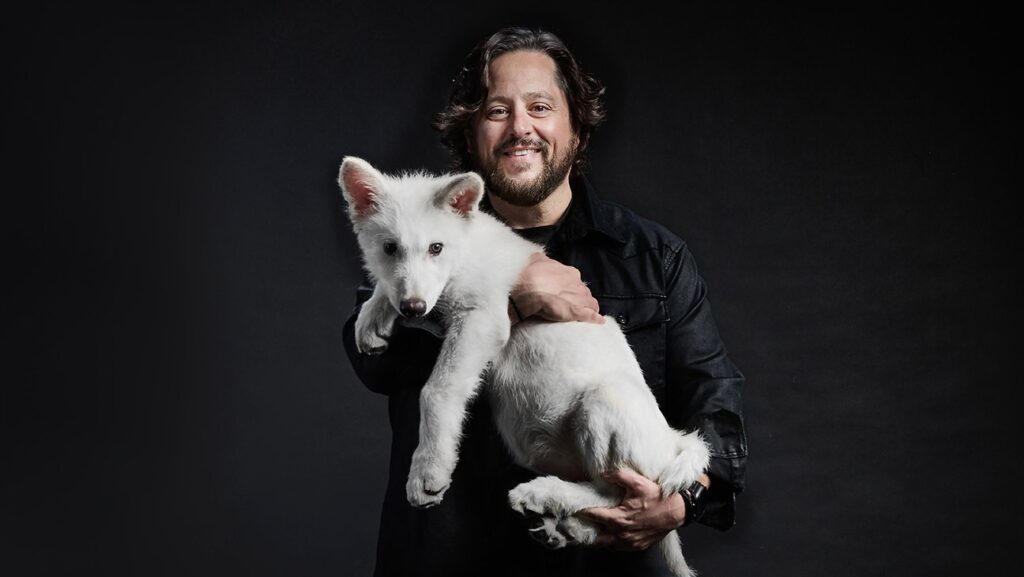
NEWS FLASH: After millennia of silence, the chilling howl of the dire wolf once again echoes across the globe! In a stunning announcement that blurs the lines between science fiction and reality, Colossal Biosciences, the pioneering genetic engineering company already making waves with its woolly mammoth de-extinction project, has successfully brought back the legendary dire wolf.
Extinct for a staggering 13,000 years, the iconic Ice Age predator, immortalized in popular culture and etched into the annals of fantasy, is no longer confined to the realm of myth. Colossal Biosciences revealed today that they have successfully engineered modern wolves to possess key genetic traits of their extinct cousins. Meet Romulus and Remus, two six-month-old male dire wolves, the first tangible proof of this groundbreaking achievement.
The company utilized DNA extracted from ancient dire wolf fossils, meticulously editing around 20 genes in the genetic code of the gray wolf, the dire wolf’s closest living relative. The result? Canines that closely mimic the characteristics of the long-lost species. Adding to their success, Colossal also introduced Khaleesi, a female puppy, completing their initial trio of resurrected predators.
Interestingly, Colossal’s research led them to believe that dire wolves sported fluffy white fur, prompting them to select this trait for their newly engineered canines using CRISPR technology. This contrasts with previous studies that suggested a more distant relationship between dire wolves and gray wolves.

These remarkable creatures, currently residing in a secure 2,000-acre preserve, are expected to reach an impressive adult weight of 130 to 150 pounds, significantly larger than the average gray wolf.
“Our team took DNA from a 13,000-year-old tooth and a 72,000-year-old skull and made healthy dire wolf puppies,” exclaimed Ben Lamm, CEO and co-founder of Colossal Biosciences. “It was once said, ‘any sufficiently advanced technology is indistinguishable from magic.’ Today, our team gets to unveil some of the magic they are working on and its broader impact on conservation.”
In an extraordinary twist, Colossal Biosciences collaborated with none other than filmmaker Peter Jackson and “Game of Thrones” creator George R.R. Martin for this momentous announcement. Jackson, an investor in the company, even loaned his personal 330-pound Iron Throne prop for a captivating photoshoot featuring Romulus and Remus. Martin, who has joined Colossal as a cultural advisor and investor, also had the opportunity to meet the young dire wolves at their protected habitat.
“Many people view dire wolves as mythical creatures that only exist in a fantasy world, but in reality, they have a rich history of contributing to the American ecosystem,” stated Martin, highlighting the significance of this de-extinction effort.

While often relegated to the realm of fantasy, dire wolves were indeed real animals that roamed the Americas, their extinction likely linked to the disappearance of the large herbivores they preyed upon. The La Brea Tar Pits in Los Angeles stand as a testament to their existence, housing the fossilized remains of over 3,600 individual dire wolves.
Beyond the groundbreaking de-extinction of the dire wolf, Colossal Biosciences is also actively involved in conservation efforts. They have successfully cloned two litters of red wolves, the world’s most critically endangered wolf species, demonstrating their commitment to leveraging their technology for both bringing back the lost and preserving the vulnerable.
Founded in 2021, Colossal Biosciences has ambitious plans to resurrect other extinct species, including the woolly mammoth, the Tasmanian tiger, and the dodo bird. The successful return of the dire wolf serves as a powerful “proof of technology,” signaling a monumental leap forward in the field of de-extinction and offering a tantalizing glimpse into a future where the ghosts of the past might once again walk among us. The dire wolf has returned, and the implications are nothing short of direly exciting.

Leave a Reply